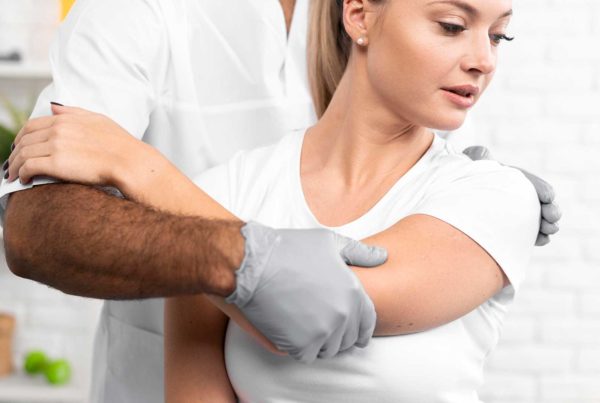Hydroxylapatite is a coating that provides many benefits to joint prostheses. And it is that being a biocompatible material, in addition to avoiding the possibility of rejection of the prosthesis, it offers many guarantees in its biomedical application.
Advantages of hydroxyapatite coating in joint prostheses
One of the advantages of hydroxyapatite in joint prostheses is that this material accelerates osseointegration, achieving perfect biological fixation of the prosthesis, thanks to the fact that it contains a calcium phosphate with possibly the same ratio of calcium and phosphorus as human bone.
Thus, the bone “recognizes” the hydroxyapatite as if it were part of itself. And with this it is possible to avoid the rejection of the prosthesis and the fixation of the bone in the prosthesis as if it were a graft.
In addition, the hydroxyapatite coating improves the behavior of the metal of the prosthesis in the physiological environment.
The prostheses are usually made of stainless steel, titanium alloys or cobalt-chromium alloys, due to the mechanical resistance they offer. But if they are not coated with a biocompatible material, a release of ions into the environment or metal corrosion may occur, with negative effects on the patient’s health.
Hence, the hydroxyapatite coating is very positive due to the chemical stability it offers, since it does not dissolve in the physiological medium in the short term and not with the metal.
In fact, according to various clinical studies, hydroxyapatite-coated joint prostheses last much longer than other bone fixation techniques.
And it is that thanks to its bioactive osteoconduction properties, hydroxyapatite coatings in joint prostheses help accelerate and improve their fixation in the bone, their stability and that they remain much longer.
The importance of the hydroxyapatite fixation technique in joint prostheses
What characteristics should hydroxyapatite coatings have to guarantee implant fixation and positive bioactive characteristics? Hydroxyapatite coatings should have low porosity, good adhesion to the substrate, medium to high crystallinity, and high chemical and phase stability.
To guarantee all these advantages, it is important to bear in mind the hydroxyapatite fixation technique in the prostheses. Why?
To avoid gaps between the metal and the coating that facilitate bacterial colonization; to reduce the fragility of the coating avoiding cracks and other factors that affect the quality of the prosthesis; and so that there is a good fixation of the coating to the prosthesis so as not to affect the osseointegration process.
In addition, an adequate proportion of this material is necessary to allow rapid and long-lasting integration of the implant.
For example, if the coating contains more classical amorphous salts than crystalline hydroxyapatite, it will react rapidly with its bone environment, but this rapidity can lead to fibrous anchoring of the implant.
On the other hand, a coating that is very rich in crystalline hydroxyapatite will take longer to reabsorb and, therefore, the integration of the prosthesis will be slower.
The purpose is to create a surface treatment for parts that are going to be subject to extreme friction and to promote bone integration.
This technique allows the outermost layer of the coating to be rich in rapidly dissolving amorphous salts, thereby achieving a faster union with the bone, while in deeper layers there is a greater proportion of crystalline hydroxyapatite that would allow integration into the bone. bone of good quality and long duration
Do you need more info?
Contact Biovac and ask us any questions. We will be happy to assist you.











